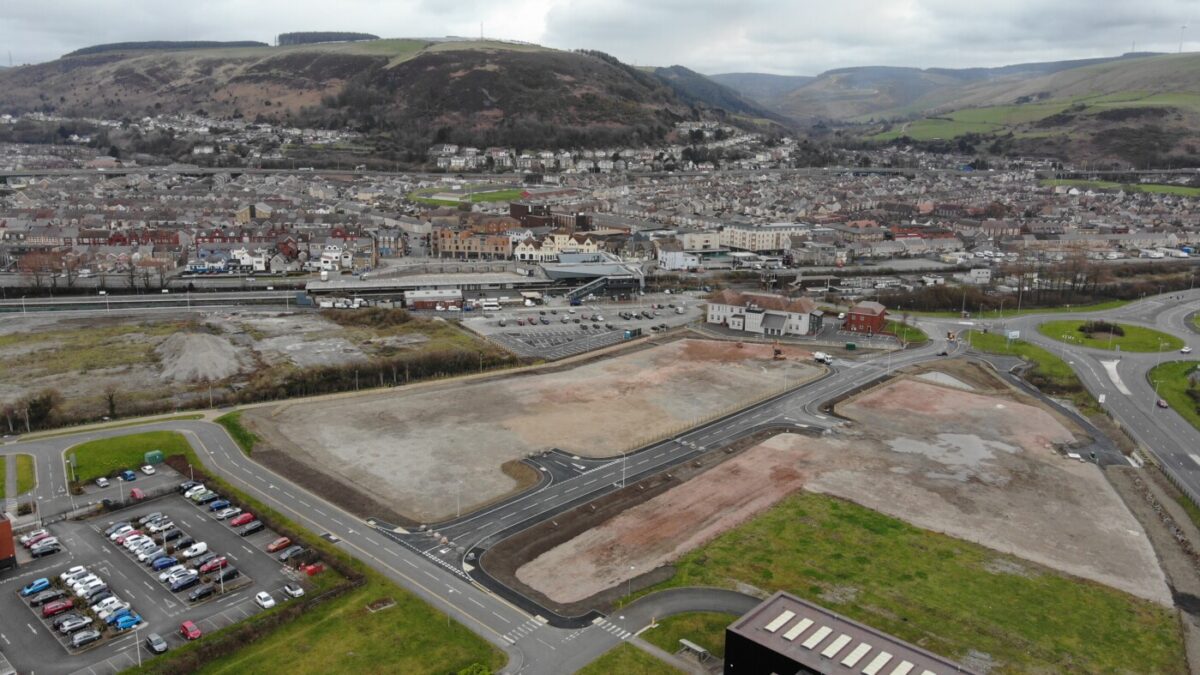Neath Port Talbot Council (NPTC) awarded the Harbourside Strategic Employment Site (SES) project to Andrew Scott Ltd (ASL) via the South West Wales Civils Framework. The improvement scheme secured£2.7m worth of funding from the European Regional Development Fund via the Welsh Government. The scheme involved the remediation and improvement of the former Port Talbot Steel and Chemical works site. The purpose of the project was to enable future development and make the land viable for future employment and business opportunities.
ASL implemented our ISO 14001Environmental Management System, ensuring all aspects of our operations had a minimal impact on local environment, reduced carbon emissions and increased biodiversity. In line with our commitment to reduce carbon emissions we trialled the Gaia AutoMate system which uses innovative software to identify, monitor and reduce the power consumption of construction sites; this resulted in 56% fuel reduction and 46% £net saving.
We appointed lead consultant WSP, who were invaluable in assisting us with the management of all environmental issues. In line with our Materials Management Plan, which was prepared by WSP in accordance with CL:AIRE, 91.7% of site won material was reused on site, with only 8.3% of unsuitable material taken off site for recycling at a licenced facility.100% of waste was diverted from landfill.
Three Winning Facts:
- The project exceeded community benefit targets, that benefitted the wider community in terms of local employment, training, local SMEs and community and educational support. This project directly impacted people’s lives and created positive social value outcomes. We can demonstrate that for every £1 spent on the project, £1.91 was re-invested in the Welsh economy.
- Sustainable construction strategies ensured this project exceeded environmental performance expectations and requirements. Zero waste sent to landfill, flood risk reduced, environmental impacts reduced through the re-use of on-site materials.
- The project delivered two biodiversity areas to ensure the site did not lose its Site of Importance for Nature Conservation status. The biodiversity areas also create areas for long term storage of carbon.


